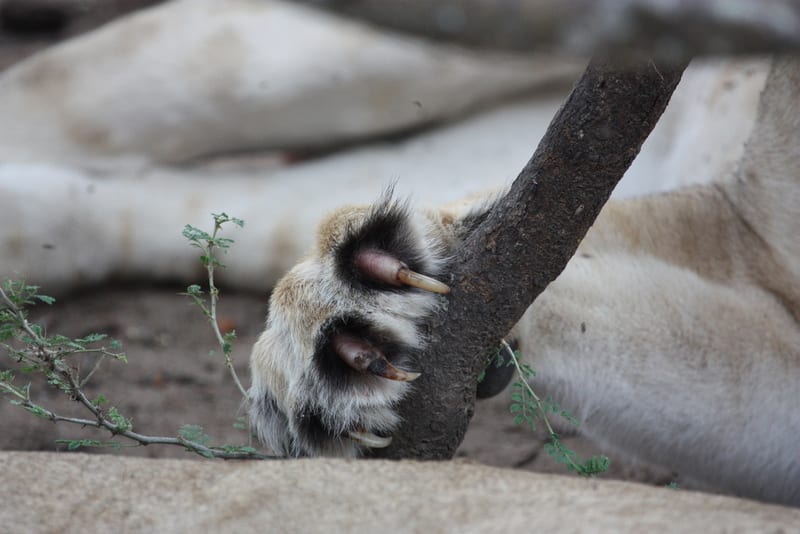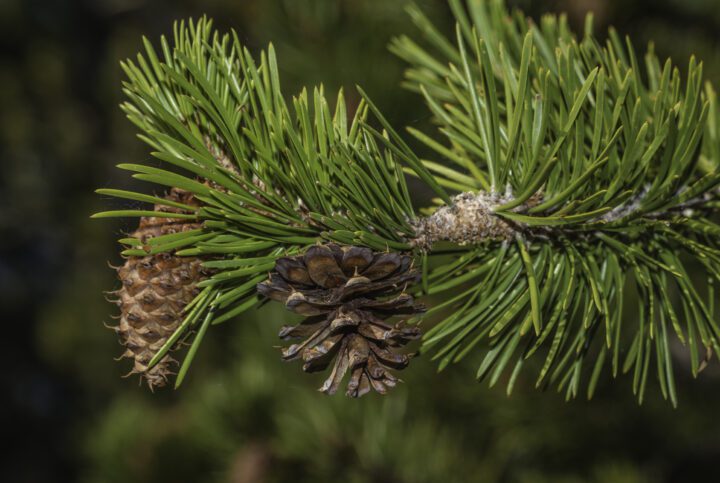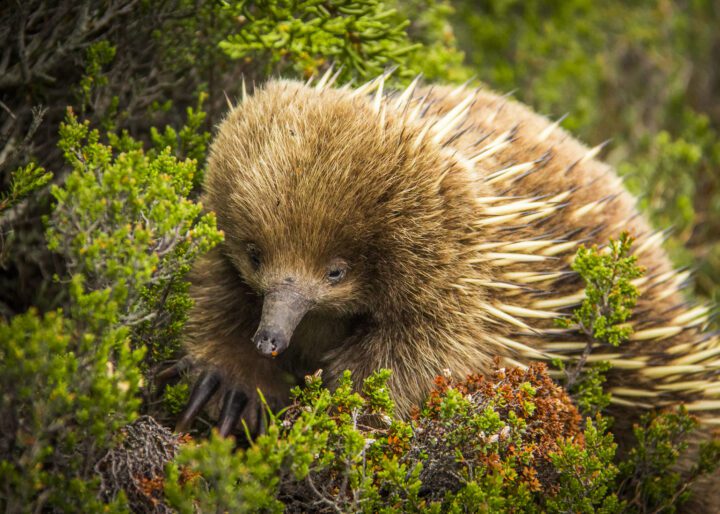Modify Speed
Modifying speed or magnitude of velocity is important for some living systems because it enables them to control their movement to access resources, escape predators, and more. Modifying speed requires not only overcoming inertia, but also minimizing the energy needed to make the change. Therefore, living systems have strategies to safely shift from fast to slow or slow to fast. An example is a bird called the kingfisher, which streamlines its body and feathers to quickly move from hovering over water to diving through the air and into the water. Once in the water, the kingfisher slows down by spreading its wings to avoid diving too deep.
Adapt Behaviors
The environment is constantly changing, and if living systems can’t adapt to these changes, they don’t survive. Environmental changes can be cyclic such as seasons, sudden such as floods or forest fires, or gradual but long-term, such as ecosystems shifting from early to mature stages. These changes require some flexibility in behavioral responses to match the specific conditions. For example, as a fish called the lamprey swims, it constantly faces changes in currents. Skin sensors help it detect those changes and adjust its motion accordingly.
Modify Position
Many resources that living systems require for survival and reproduction constantly change in quantity, quality, and location. The same is true of the threats that face living systems. As a result, living systems have strategies to maintain access to shifting resources and to avoid changing threats by adjusting their location or orientation. Some living systems modify their position by moving from one location to another. For those that can’t change location, such as trees, they modify position by shifting in place. An example of an organism that does both is the chameleon. This creature can move from place to place to find food or escape predators. But it also can stay in one place and rotate its eyes to provide a 360-degree view so that it can hunt without frightening its prey.
Manage Mechanical Wear
A living system is subject to mechanical wear when two parts rub against each other or when the living system comes in contact with abrasive components in its environment, such as sand or coral. Some abrasive components are a constant force, such as finger joints moving, while others occur infrequently, such as a sand storm moving across a desert. Living systems protect from mechanical wear using strategies appropriate to the level and frequency of the source, such as having abrasion-resistant surfaces, replaceable parts, or lubricants. For example, human joints like shoulders and knees move against each other all day, every day. To protect from mechanical wear, a lubricant reduces friction between the cartilage and the joint.
Attach Temporarily
Living systems must sometimes, temporarily, stay in one place, climb or otherwise move around, or hold things together. This entails attaching temporarily with the ability to release, which minimizes energy and material use. Some living systems repeatedly attach, detach, and reattach for an extended time, such as over their lifetimes. Despite being temporary, these attachments must withstand physical and other forces until they have achieved their purpose. Therefore, living systems have adapted attachment mechanisms optimized for the amount of time or number of times they must be used. An example is the gecko, which climbs walls by attaching its toes for less than a second. Other examples include insects that attach their eggs to a leaf until they hatch, and insects whose wings temporarily attach during flight but separate after landing.







